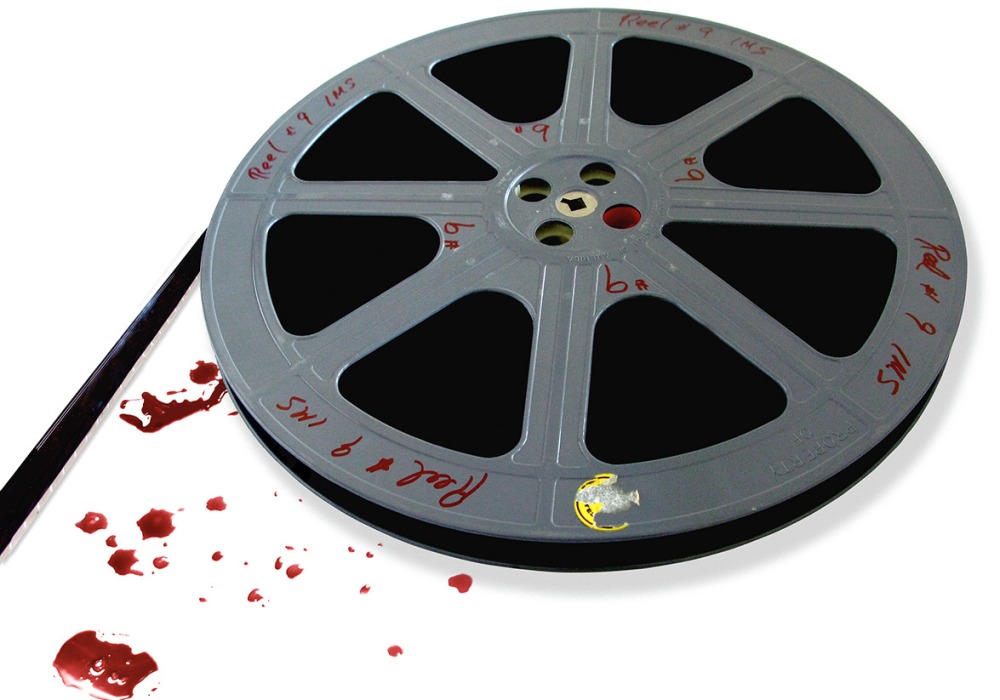I’ve always had a soft spot for the cinema. The mix of a relaxed yet exciting atmosphere it creates is just like no other (especially when an anticipated movie is released), and no matter how much you try, the popcorn just isn’t quite the same at home. As an avid moviegoer, I enjoy going to the movies as much as I can and have plenty of reasons on why I keep returning. However, I fear that there may no longer be a cinematic haven for me to go to any longer with the possibility of advancing technologies taking over this long lived entertainment medium.
Although I wasn’t born until the 90’s, I think of when the cinema was new to the public and what it must’ve been like attending a screening back in 1915 when feature films started becoming a popular screening event (Baldasty, 2013). Comparing it to today’s experience at the cinema, I’m somewhat nostalgic for the younger days of cinema. So much has changed since it’s early years to the digitised world we live in now.
The biggest threat to cinema is technology and its ever growing goal to make life more convenient to humankind. When televisions became a popular accessory to the average household in the 1950’s, it sparked a concern in the movie industry as it was feared that television would take over cinema. However, the industry soon found out that old movies shown on television were highly popular thus introducing the popularity of VHS tapes. What they feared turned into a positive for the movie industry as they gained revenue off the public buying video tapes of their movies to watch at home. This eventually progressed and adapted to todays standards of internet streaming; queue Netflix, Presto and Stan…
As discussed in an earlier post, family relationships changed as television became a way we consume entertainment. As technology progressed through the years, the film industry had to adapt to each new advancement in technology, even though sometimes they were hesitant and behind times (e.g. the transition to sound on film). In order to compete with the screens and advancing technologies in the lounge room, the cinema needed a way to keep the audience attending screenings. Cinemas in Australia now have surround sound, Dolby Digital HD sound quality, VMAX (bigger screens, leather seats, more leg space) and 3D projections just to name a few. The idea behind this is to give the audience something they can’t get at home, optimum immersion with the movie.
How we consume media in the household varies with each family and individual consumer. While this gives anyone more freedom to consume media in any form, it also provides cinema with a hefty goal of competing for attention as it is a competitor against streaming, internet and improved home entertainment.
According to Torsten Hägerstrand, there are three main categories as to why one would be constrained in attending a cinema or other places. His categories are below:
Capability – These are limits on human movement due to physical or biological factors such as the need to sleep or to eat, access to mobility tools and the availability of temporal and financial resources for conducing activities and making trips.
Coupling – These are restrictions on the autonomous allocation of time due to the need to coordinate with institutional logistics (schedules or given locations) or interactions with other individuals (appointments or meetings).
Authority – These are limits on when activities can or cannot take place, or where they must or must not be located, imposed by external parties. For example, mandatory closing hours is a potential constraint on individual behaviour (Corbett, 2001)
So maybe technology isn’t cinema’s biggest threat but rather convenience is. The big game changer is the death of cinema would be when new release movies make it to tv streaming. Or could that be a good thing? Pay a subscription fee like Netflix or even something like the renting system on iTunes store movies could gain great traction for the film industry, however cinema will most likely go extinct. I don’t think we’d ever leave the house.
Please comment below and tell me what you think about new release movies coming to a streaming system. Do you think it would be a good thing?
References:
Baldasty, G.J. 2013, ‘The History of Motion Pictures’, University of Washington, USA accessed from http://faculty.washington.edu/baldasty/JAN13.htm
Corbett J, 2001. Torsten Hӓgerstrand, Time Geography, CSISS Classics, accessed from http://escholarship.org/uc/item/2t75b8sj
Department of Communications 2016, University of Washington, accessed from http://www.com.washington.edu/baldasty/







